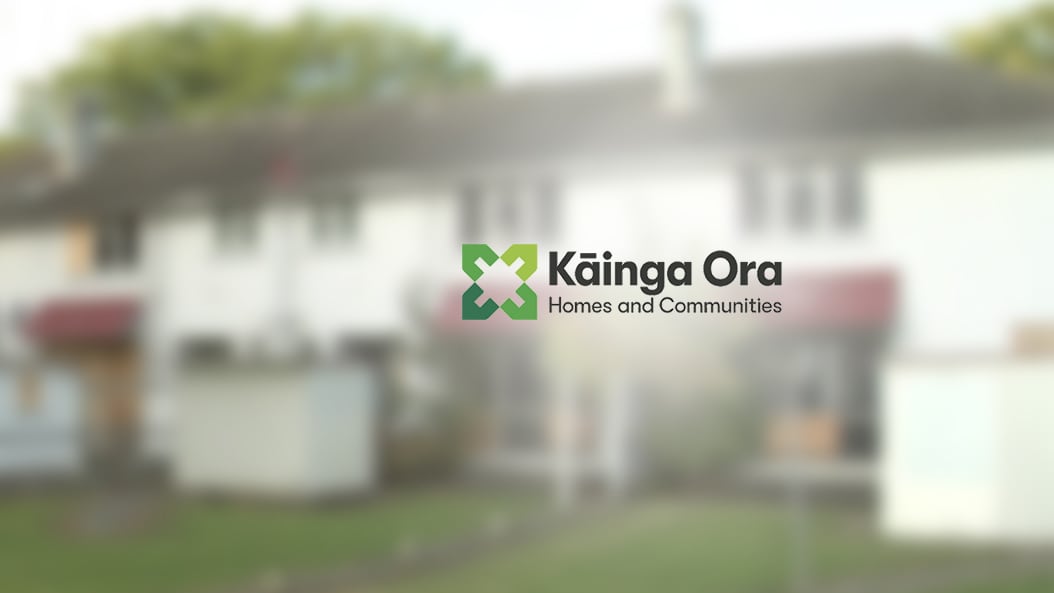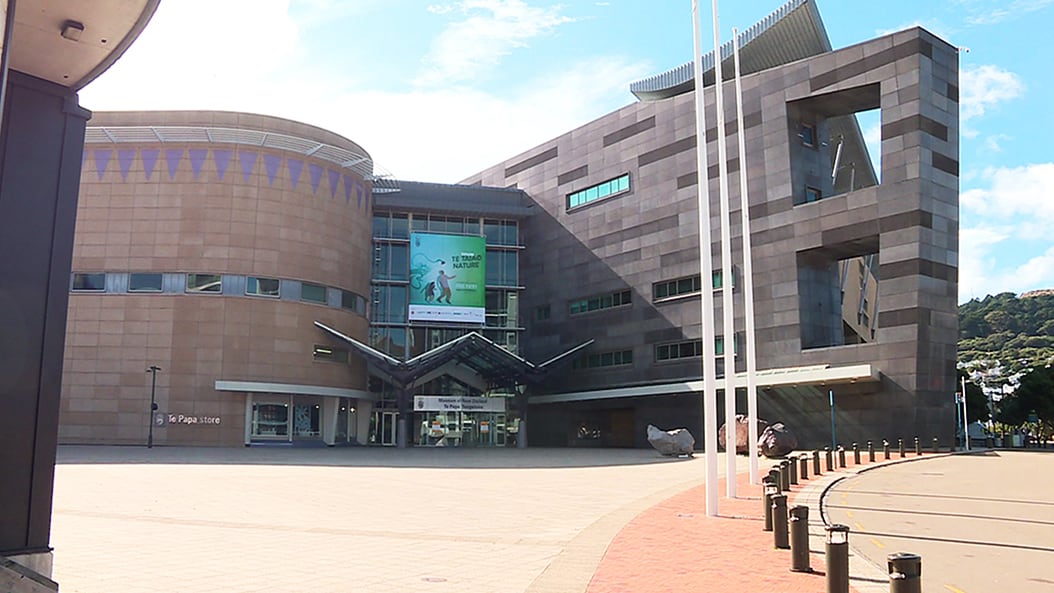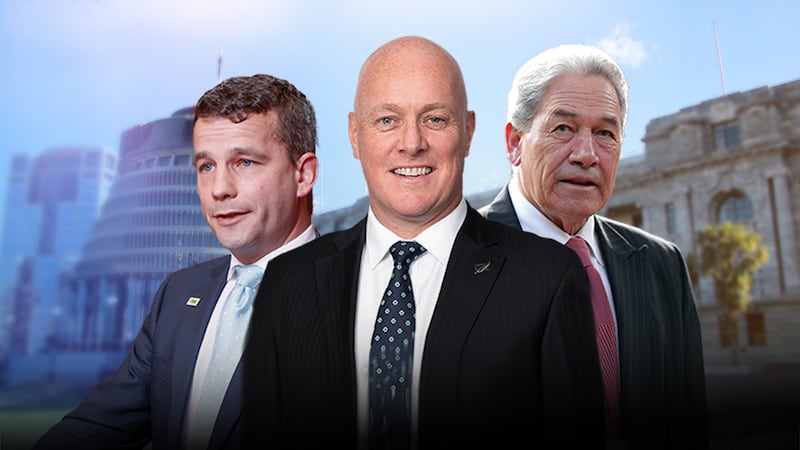“We are beyond the conversation of talking, we need to do things in this country,” Prime Minister Christopher Luxon proclaimed before lauding his Q2 ‘Action Plan’.
The 90-day plan, the successor to the 100-day plan, features 36 action points, none of which include actioning the coalition’s ‘English-first’ decree.
The National/NZ First coalition agreement requires that government departments and Crown entities communicate primarily in English, unless the departments are specifically related to Māori.
Stuff identified more than a dozen departments or entities that could fall under the edict, with 11 clear-cut examples.
Of the 11, none have yet been directed to change their names, one could prove trickier to change than the coalition might have hoped and only three have taken any steps to give English primacy over their te reo Māori names so far.
They are Waka Kotahi ‒ NZ Transport Agency, Te Whatu Ora ‒ Health NZ and Rau Paenga ‒ Crown Infrastructure Delivery.
And that’s despite them not yet receiving any formal request to do so from the government.
Key players ‒ easier said than done

Kāinga Ora has been a niggly example after the housing minister continued to refer to it by its Māori name despite his coalition partners, NZ First and ACT, both insisting it should be referred to by its English name, “Homes and Communities”.
The problem is to do so could require a law change ‒ or a workaround.
A summary of legal advice sought by the housing agency and released to Stuff under the Official Information Act shows that Kāinga Ora’s Māori-first name is its legal name and it’s entrenched in its establishing legislation, the Kāinga Ora – Homes and Communities Act 2019.
The advice says that this is in contrast to many other Crown entities, whose establishing legislation only contains an English name.
“There is nothing preventing Kāinga Ora – Homes and Communities from using a ‘trading name’ to refer to itself in general communications (as some other Crown entities do), but it must use its legal name in formal documents such as contracts,” the advice says.
Key players ‒ changes made
Waka Kotahi was the first cab off the rank and has taken the policy very seriously. The now NZ Transport Agency says it has taken some initial steps “to give effect to this request”, despite not actually receiving any request or directive from the government, including an updated logo ‒ designed in-house to minimise costs.
It’s also ordered a small number of new high-vis vests and hard hats with the new branding, it’s changed document templates, web content and e-signatures.
These do not include the special unbranded kit the agency scrambled to buy for the prime minister when it hosted him for the reopening of a road last year.
The agency says it’s not anticipating rebranding its offices or vehicles yet and the updated logo will be used for anything new or when existing branding or signage needs replacing or a zhuzh.
And it seems staff at the agency are talking about the name change ‒ a lot. A sweep of internal emails at NZTA obtained under the Official Information Act threw up more than 35,900 emails potentially relating to the name switch between December 2023 and February 2024. Between the executive leadership team alone, there were 278 emails.
Te Whatu Ora has also made the switch before receiving a formal request from Government, it’s now officially Health NZ| Te Whatu Ora, or Health NZ for short.
Staff have been told, and the agency is now updating the name on digital channels and electronic templates. To avoid “significant cost”, most other parts of its “visual identity” will be considered as they naturally come up for replacement or renewal.
Health NZ chief executive Margie Apa says the new name still “honours our gifted Māori name, and its important mauri and symbolism”.
Rau Paenga, the Crown infrastructure delivery agency, isn’t a public service department or Crown entity, rather a Crown company, so it technically isn’t covered by the coalition agreement’s English-first pledge.
Rau Penga Ltd is also the full registered company name, not a translation or interchangeable term for its descriptor “Crown Infrastructure Delivery”.
Despite not being covered by the policy, receiving no formal directive from government and having no plan to change its registered company name, Rau Paenga still spent $560 after the election on alternative logo layouts that put the English descriptor above its Māori name, just “in case it was needed”.
Key players ‒ no change

Te Papa Tongarewa, the national museum, says it hasn’t had any conversations with, or directives from the government about changes to branding. It noted that the museum was “mentioned by a number of people in media coverage of the issue but received nothing directly”.
Those “people” likely included Prime Minister Christopher Luxon and Deputy Prime Minister Winston Peters.
When asked after the election if Te Papa would be forced to change its name, Luxon said, “We will work that out in government,” and Peters said, “What is the difference between that and Waka Kotahi? Tell me this: How many boats have you ever seen gone down the road?”
Oranga Tamariki, the Ministry for Children, says it’s not been issued with any policies or directives, therefore there have been no associated costs to date.
Whaikaha, the Ministry of Disabled People, told Stuff it does not have a policy relating to the use of te reo Māori in its name, that no branding changes have been proposed and neither has it budgeted for any.
Manatū Taonga, the Ministry for Culture says it has not received any instruction from Government to change its name so is not undertaking any changes or work to do so.
Te Kura, the distance education school, told Stuff ‒ and a meeting of education sector SEOs recently ‒ that as a school board of trustees Crown entity, its understanding was that it was outside the scope of the policy and would not be taking any action unless differing advice was received. No such advice has yet been given.
Mana Mokopuna, the Children’s Commission, says it has not received any directive but ‒ unlike Kāinga Ora ‒ its legal name is the Children and Young People’s Commission.
“Mana Mokopuna was adopted to be a simple but powerful expression of our mandate,” it told Stuff. “Mokopuna brings together the kupu moko ‒ imprint or tattoo ‒ and puna ‒ spring (of water). Together, this kupu introduces the idea of intergenerational connectivity.”
Aroturuki Tamariki, the Independent Children’s Monitor, also says it has received no directive and therefore hasn’t budgeted for any possible change.
What the Government says
Minister for the Public Service Nicola Willis told Stuff the Government values te reo Māori and celebrates the ongoing revitalisation but believes public services and information should be made accessible to New Zealanders in language they understand.
“Our coalition agreements reflect this view with a commitment that in most instances public agencies will communicate their names and services in English, alongside any use of te reo Māori,” Willis said.
The minister confirmed she has not issued any specific or generic directives on the commitment, “Ministers and agencies have instead responded to the coalition commitment on a case-by-case basis.”
Willis would not say whether that means no directives will ever be issued nor would she say whether the commitment would ever come up as an ‘action point’ in any future ‘action plan’.
- Stuff

